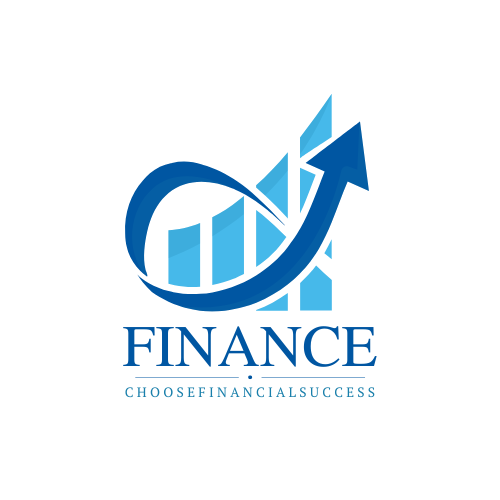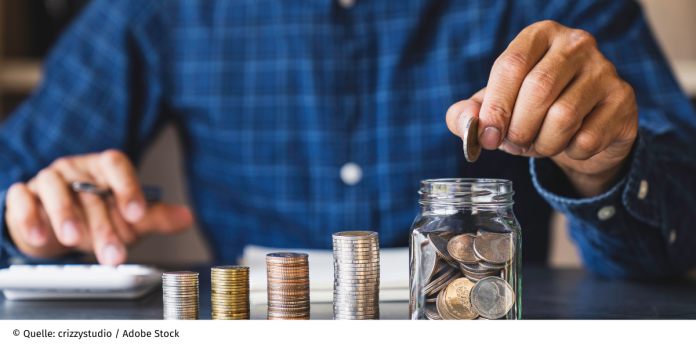Step 2: Clarify requirements – what else do I need?
After you have roughly sorted your assets, you can now focus on your needs in the future. Play through different scenarios and ask yourself the following questions:
- How much money do I need to have available at all times? Are there any necessary purchases or possible health costs? A daily money account would be an option for this.
- Which part of the assets do I not need for the time being because there is no need yet, but would like to have it available when needed? Many people think about possible costs for care or nursing homes.
- Should my money be inherited in the event of death or does it not matter?
- How much risk of fluctuation in the value of my assets can and do I want to accept for the chance of a higher return? Depending on your willingness to take risks and your desire for flexibility, a mixture of fixed-term deposits, bond funds, open-ended real estate funds or stock funds could be considered, ideally cheap ETFs.
- Are you dependent on additional monthly income? Should it be guaranteed to be paid for life? Or for a specific period of time? Bank or fund payment plans as well as private pension insurance or a payment into the statutory pension are suitable for this need. You can read about how you can withdraw a pension from an investment in this article.
Note: The costs of financial products in which you have invested can also reduce your wealth in old age. If you have entrusted your money to investment advisors and asset managers, you must expect that the fees for the recommended products will eat up at least one and a half to 2 percent of your assets per year.
Step 3: Clean out and add to contracts – is my asset mix correct?
If you know where you stand with your assets and where you want to go, the final step should be to clear out existing contracts or, where necessary, supplement them. Make sure that the risks are spread across the different asset classes for which you have created stacks in the inventory.
You can achieve an initial good diversification by investing the money not only in the classic interest-bearing securities and deposits, but also partly in global stocks. This can be done cost-effectively with ETFs (index funds), which reflect the MSCI All Country World stock index or the FTSE All-World Index with around 3,000 to 4,000 stocks from almost 50 countries. Such a broad basket of stocks has always been the most profitable way to invest assets in the long term. But you have to be prepared to accept and ride out the ups and downs on the stock markets.
To cover the asset class, you can invest in open real estate funds. They are cheaper and less risky than direct investments, which also entail maintenance costs. With 3 to 5 of these funds you can spread even smaller sums and risk of loss over a few hundred real estate properties.
Gold coins you can buy it from your bank. If the weight is half an ounce or more, the purchasing and selling costs are also manageable.
Despite all the desires to achieve the highest possible return, one thing remains most important: You must feel comfortable with the system. If stock market prices, gold prices and price slides are stressful for you and the return is not that important to you, then just stick with daily and fixed-term deposits. You can never rule out a 50 percent drop in share prices.
You can find further information on the historical real return on shares and fixed-term deposits in comparison on this website and in the investment guide.


